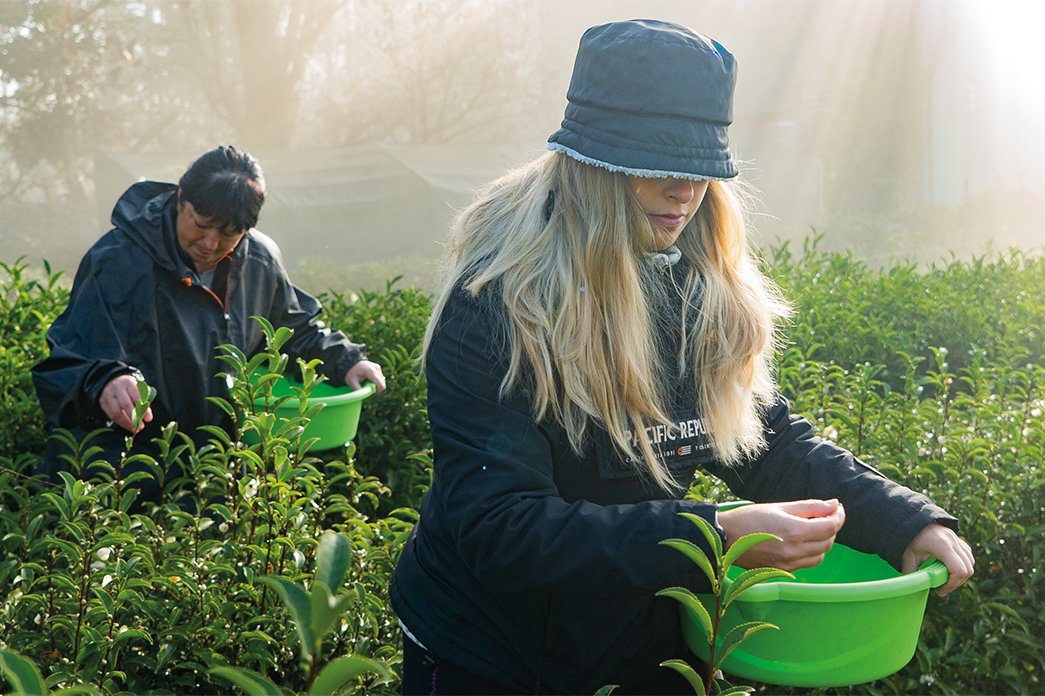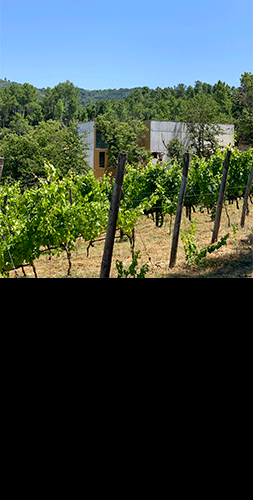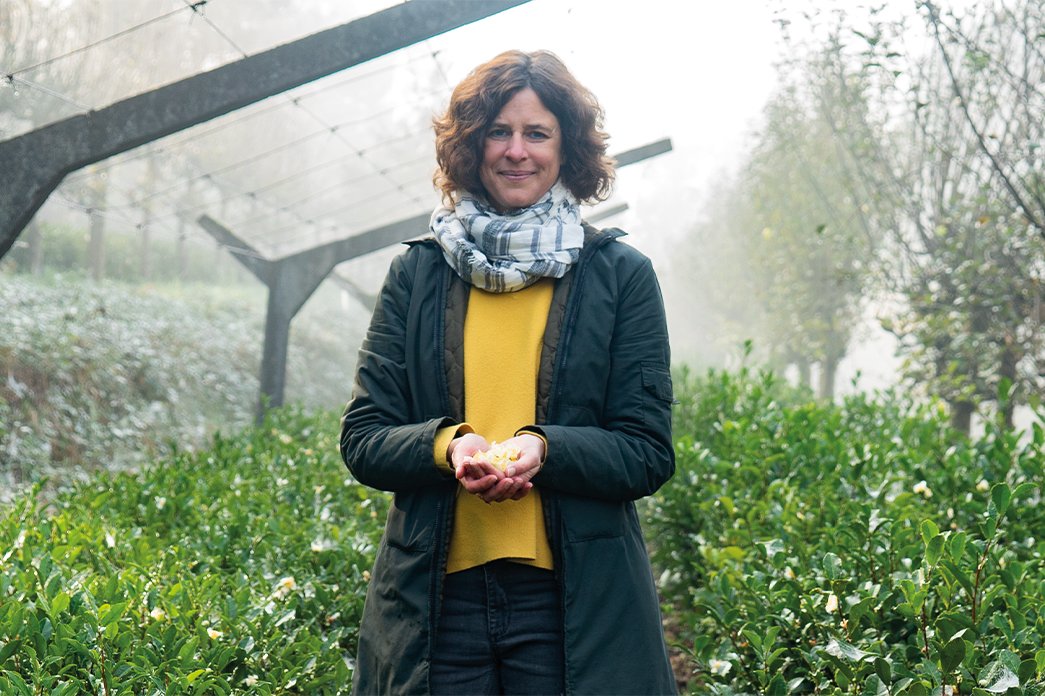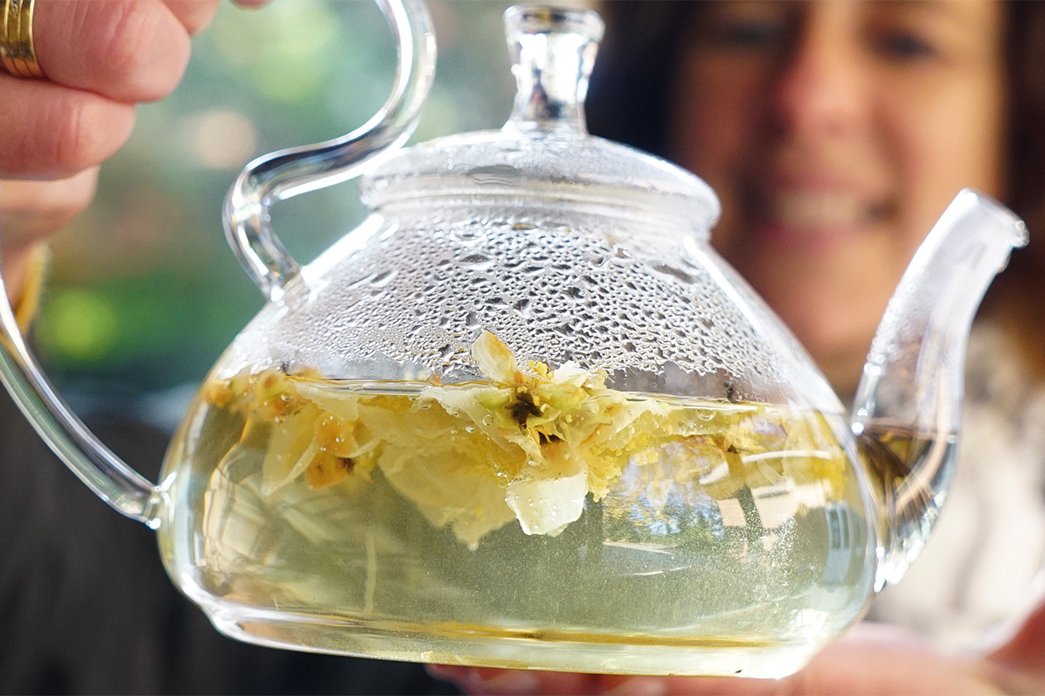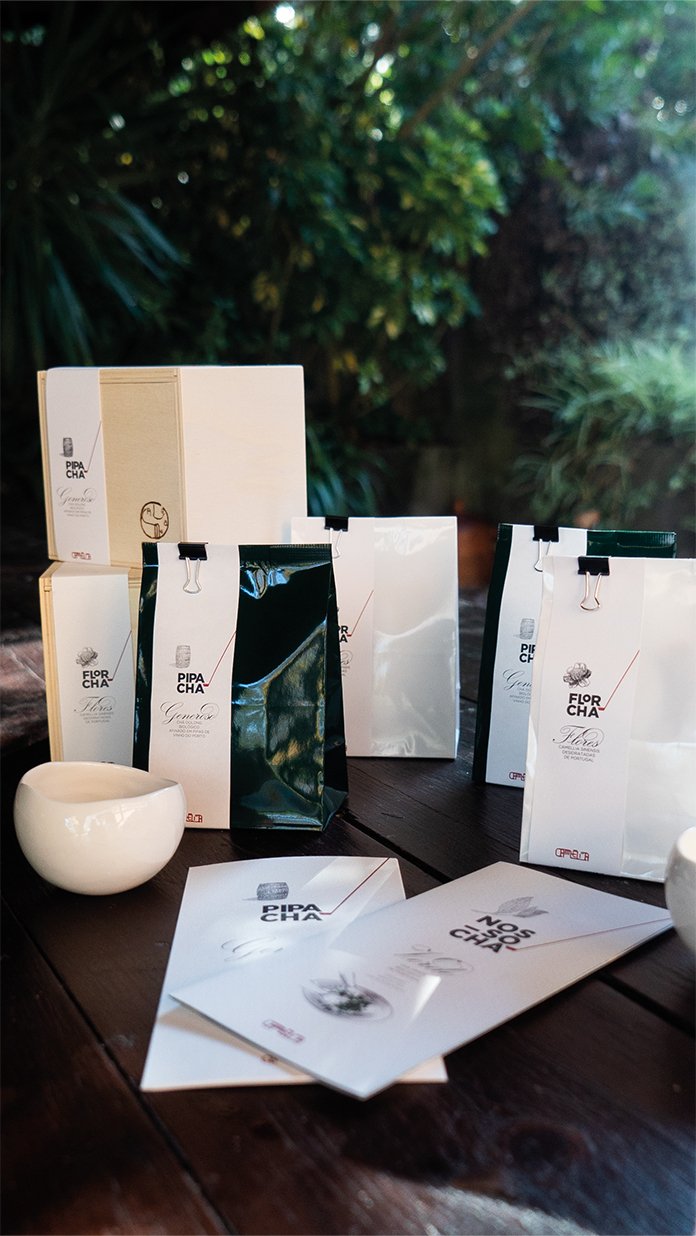It was in 2019
when the first harvest took place. «Tea leaves in the spring, the harvest began
at the end of March, the moment when we picked the bud, the first two very fine
and tender leaves», Nina recounts. And from those leaves they produced green
tea, inspired by Japan. «We work with Japanese production techniques, but more
artisanal than in most productions in Japan, because there it’s more
mechanised, here it’s more by hand», she concludes. But the inspiration is from there.
The following month,
in May, there is a halt. «If it rains in May, which it usually does, we have a
second harvest in June, the so-called summer harvest.» The spring harvest gives
rise to the Nosso Chá (Our Tea),
the summer one to Luso Chá (Luso Tea), a tribute to the Portuguese, who
were the first to bring tea from Asia to Europe, and the autumn harvest, to the
Colheita do Outono (Autumn Harvest), which we found out about at the time of our visit to the site [November
2021]. «We pick those flowers by hand and dry them, then this produces a
tisane, a hubert tea. Everything that is true green, white or black tea,
«originates from the leaf of the Camellia
Sinensis – the tea plant. Everything that comes from flowers and herbs,
which don’t contain caffeine, like the flower of the Camellia Sinensis, are considered tisanes.»
The more inquisitive
note that, in terms of quantities, Chá Cámelia produces around 12 kilos of
dried flowers, which is a lot if you consider that we’re talking about leaves,
light ones at that. When it comes to teas, they have been increasing the
quantity as the plants themselves are also growing and bearing more fruit. «In
2020, COVID-19 year, we had the harvest in the first week of the lockdown,
which was wonderful to clear the head, and we got almost 50 kg of tea and this
year 2021 we got almost 85 kg.»
They export to the
United States, Macau, Hong Kong
